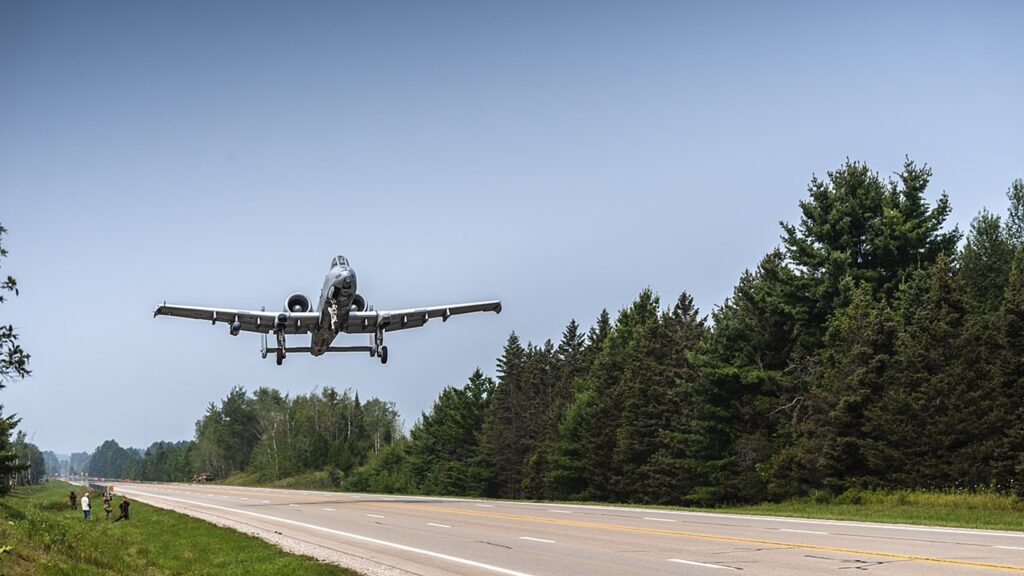
The United States Air Force has announced plans to retire its remaining fleet of A-10 Thunderbolt II aircraft, commonly known as the “Warthog.” This decision, made public on July 11, 2025, has sparked significant concern among American ground troops who regard the A-10 as an invaluable asset in close air support (CAS) operations.
The A-10 has a storied history, particularly since 1991, showcasing a remarkable ability to protect U.S. forces during challenging combat situations. Its rugged design and formidable weaponry, particularly the GAU-8/A Avenger Gatling gun, have earned it a reputation as one of the most effective aircraft in the U.S. arsenal. Ground troops have affectionately dubbed the A-10 their “savior” in battle due to its capacity to loiter above hostile environments and deliver decisive firepower.
Unmatched Firepower and Versatility
At the heart of the A-10’s effectiveness is the GAU-8/A Avenger, a seven-barrel Gatling gun developed by General Electric specifically for this aircraft. Introduced in the 1970s, the design focuses on countering armored threats, particularly in response to Cold War-era concerns about Soviet tank divisions. The Avenger gun measures 19 feet in length and weighs approximately 4,029 pounds when fully loaded, constituting nearly 16 percent of the A-10’s total weight.
This weapon boasts an astonishing rate of fire, capable of discharging up to 3,900 rounds per minute, equivalent to approximately 65 rounds every second. Such firepower is primarily achieved through the use of 30mm PGU-14/B armor-piercing incendiary rounds, which feature a depleted uranium core, allowing them to penetrate the armor of main battle tanks. The A-10 also employs High-Explosive Incendiary (HEI) rounds, enhancing its operational flexibility.
The gun’s design incorporates advanced engineering to manage recoil, which generates around 10,000 pounds of force. To maintain flight stability during firing, the GAU-8 is strategically mounted along the A-10’s centerline, ensuring that the aircraft’s trajectory remains unaffected.
A Legacy of Combat Success
The A-10 has made its mark in numerous conflicts, most notably during the Gulf War in 1991. During that campaign, A-10s equipped with the GAU-8 were instrumental in destroying an estimated 900 Iraqi tanks, 2,000 military vehicles, and 1,200 artillery pieces. The aircraft’s low-altitude flight profile allows pilots to engage targets with pinpoint accuracy, often striking from distances of 1,000 to 4,000 feet.
The Air Force’s recent decision to phase out the A-10 has drawn criticism from military analysts and ground forces alike. Many argue that this move is shortsighted, particularly given the aircraft’s proven track record in direct support of ground troops. Critics assert that the Air Force should focus on maintaining proven capabilities rather than investing heavily in advanced but untested platforms, such as the proposed sixth-generation F-47 warplane championed by former President Donald Trump.
With the potential retirement of the A-10, U.S. ground troops may lose a critical ally that has provided unmatched support in combat scenarios. The ongoing debate about the aircraft’s future underscores a broader discussion regarding military priorities and the allocation of resources within the U.S. defense budget.
As the situation develops, the impact of the A-10’s retirement on ground operations remains uncertain, but its legacy as a vital component of American military history will undoubtedly endure.







